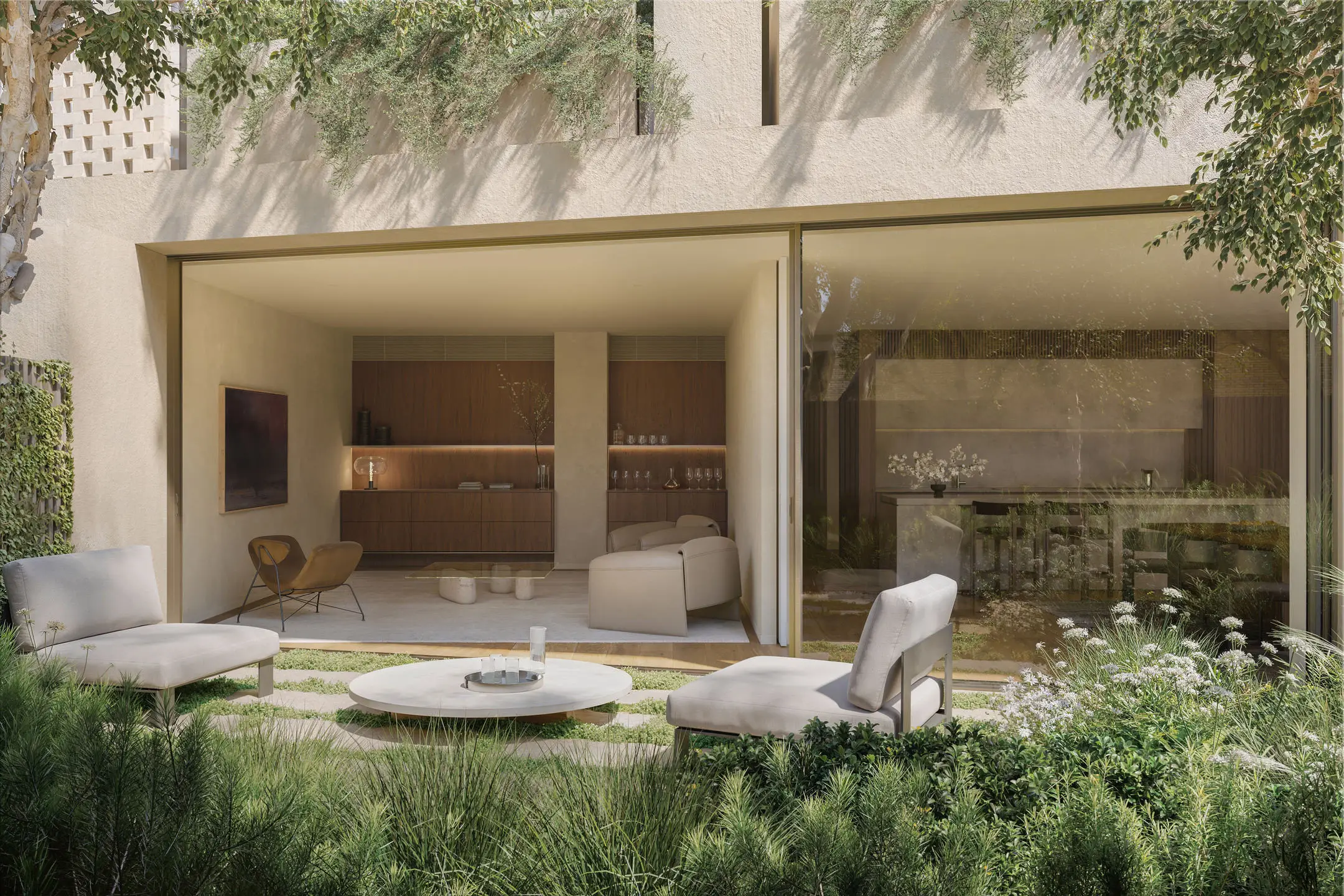
Melbourne developer Salvo has progressed plans for the southern portion of the historic Pentridge Village precinct in Coburg after awarding a project to architects DKO to develop a masterplan and design strategy in a competitive design process.
DKO has outlined an initial vision to revitalise the 19,000m2 site into a $1.2 billion mixed use redevelopment featuring a highly activated public realm, community spaces and integrated retail amenity that reflect the rich history of the site and Coburg character, along with reimagined multi-residential spaces.
The state significant site includes iconic heritage assets such as Ned Kelly’s grave site, original bluestone F Division building and walls surrounding former exercise yards, and a historic mural by indigenous artist Ronald Bull.

Salvo acquired the landholding in 2021 for $34 million from developer Future Estates, which has been plagued by unsuccessful attempts to develop it. The site borders Pentridge Boulevard, Urquhart St, Warden’s Walk and Stockdale Avenue and currently encompasses private lots including the current Pentridge Cellars building, abandoned retail spaces and east-west pedestrian links.
The precinct includes numerous titles subject to various planning controls including the Pentridge Village Masterplan 2008 which allows for mixed use development including retail, community and multi-residential comprising permits for approximately 650 apartments.
Adjoining the site on the northern part of the overall precinct is an established retail and residential hub including hotel, cinema, shopping mall, restaurants, cafes, apartments and townhouses, developed by Shayher Group. Developer PACE is also nearing completion on 312 apartments.

Salvo managing partner James Maitland said the site is one of Melbourne’s most significant infill projects that required a carefully considered design response in terms of the site’s heritage, complexity and cultural significance.
“DKO demonstrated a deep understanding of the site and surrounding precinct which has critical heritage, planning and design considerations and a distinct neighbourhood character.
“We’re delighted with their preliminary ideas that are responsive to the significance of the heritage assets in terms of their preservation and adaptive re-use, and ensuring highly liveable residential outcomes combined with activated, open public spaces and substantial enhanced amenity for the broader community.
Jesse Linardi, design director at DKO said, “This is a transformative project that presents a significant opportunity to reconnect and revitalise the southern portion of the iconic Pentridge site.
“The prison is rich in history, strong in presence and unique in character,” Linardi said.

“Key principles underpinning our exploratory design response considered the heritage, program and liveability of the precinct, with activated, open spaces that are demographically and contextually driven and provides a diverse tapestry of urban experiences for residents, the community and visitors alike.
“We’re excited to start our journey with Salvo whom we collaborated with more than a decade ago in the development of the Precinct apartments in Abbotsford,” Maitland said.
“We see this site as a significant opportunity to provide additional housing in a well-serviced location within 7.5km of the CBD, particularly given the Victorian Government’s target to build 80,000 homes over the next decade,” Maitland said.

The next step in the 5+ year project involves extensive consultation with key stakeholders including Merri-bek city council, State Government planning authorities, Heritage Victoria and surrounding residents as part of a comprehensive engagement and planning process.
Established in 1851, Pentridge Prison has housed some of Australia’s most notorious criminals including Ned Kelly, Squizzy Taylor, Market ‘Chopper’ Read and Julian Knight. It was closed in 1997.
Pentridge Coburg is part of Salvo’s $3 billion development pipeline, which includes a $1 billion 4-tower, mixed-use development at Fisherman’s Bend and a $220 million multi-residential development in Southbank. It also has $1 billion of projects including commercial, industrial and mixed used sites in Victoria and NSW.


